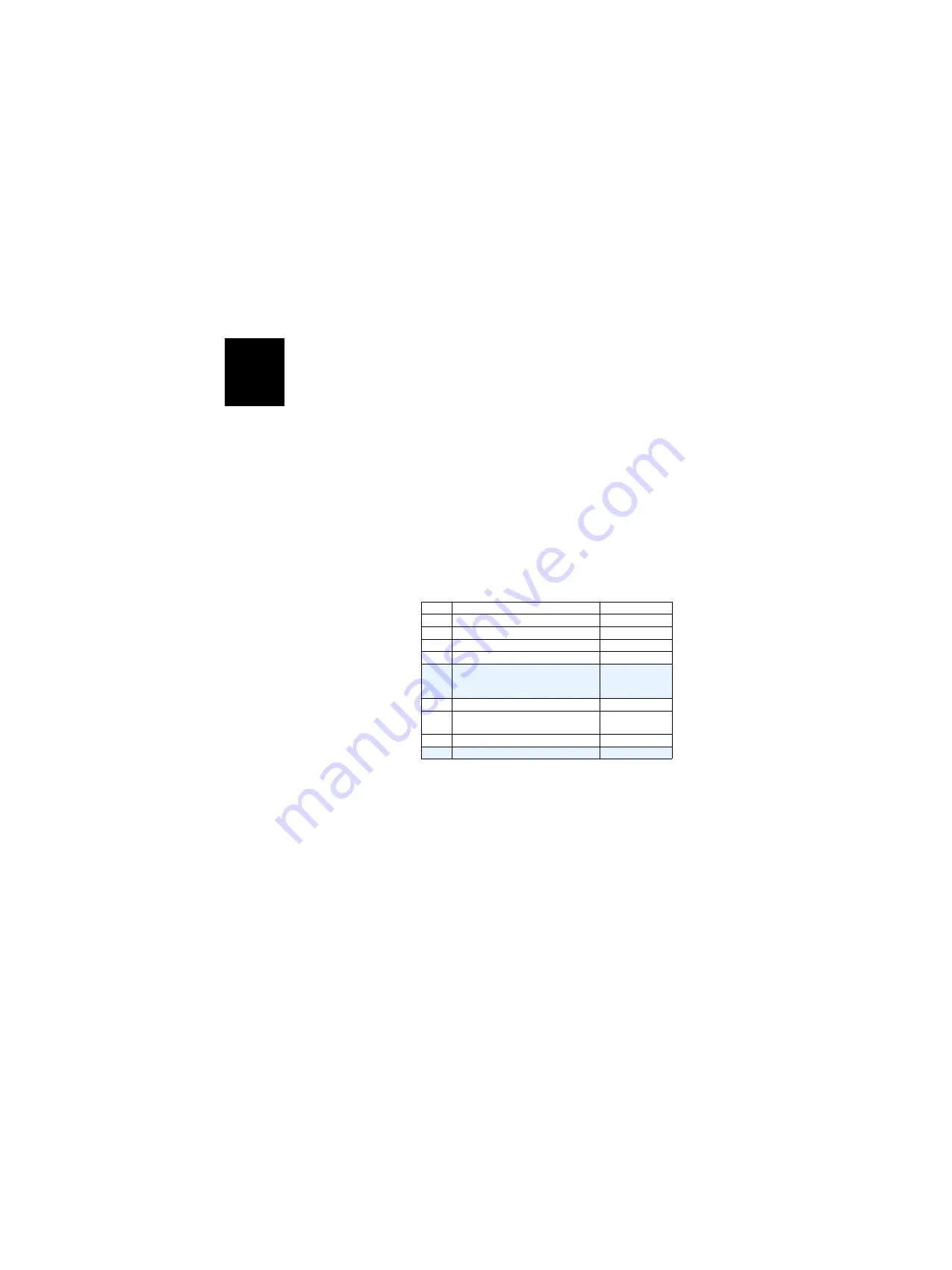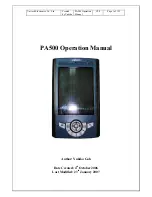
English
18
indicator
[4]
turns red, meaning the battery is being
charged.
The battery is fully charged when the light indicator
[4]
turns steady green.
Note that the docking station will switch to a lower charging
rate if it has to charge two batteries at the same time, one in
the turned-off or turned-on receiver, and the other at the back
of the docking station.
Port Allocation
Table
The receiver uses internally several virtual ports as well as a
physical port made available to users via the docking station
or the POGO cable.
When setting Bluetooth or the NMEA output function (in
GNSS Toolbox), all ports are listed for use but only some of
them are truly available. (All the other ones are reserved for
internal receiver requirements.)
The table below shows how the ports are allocated and which
ones are made available to you.
COM1
: Primarily dedicated to Bluetooth Beam File for file
transfer. If not used for this purpose, then COM1 may be used
as a Bluetooth Serial Port.
COM2
: Dedicated to ProMark Field or MobileMapper Field
software, if running on the platform, or to third-party
software, if required by the application.
COM3
: Reserved for GNSS Toolbox but available to the user
if GNSS Toolbox is not used.
COM7
: Primarily dedicated to Bluetooth DUN for a network
connection. If no network connection is needed, then COM7
may be used as a Bluetooth Serial Port.
Port ID
Port Allocation
Available to User?
COM1 Bluetooth: Beam File or Serial Port
See below
COM2 Windows Mobile Application
See below
COM3 GNSS Toolbox
See below
COM4 Service Layer (Internal GNSS board)
No
COM5
Available on DB9 connector at the bottom of
the receiver (available via docking station or
POGO cable)
Yes
COM6 Internal Modem
No
COM7
Bluetooth: DUN (Dial-Up Networking) or
Serial Port
See below
COM8 Bluetooth Controller Interface (ACI).
No
COM9 Bluetooth: Serial Port
Yes






































